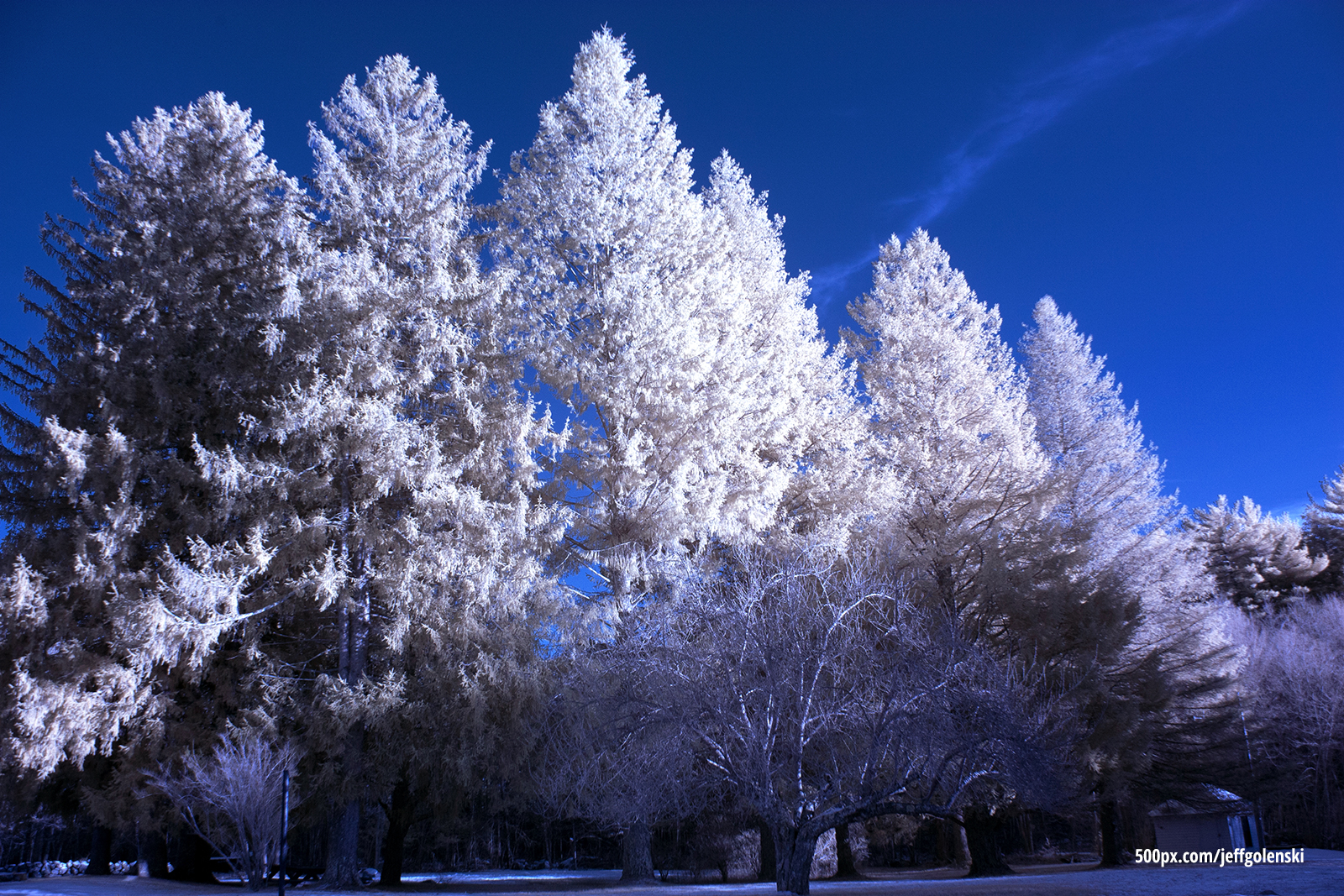Up to the Twentieth Century, reality was everything humans could touch, smell, see, and hear. Since the initial publication of the chart of the electromagnetic spectrum, humans have learned that what they can touch, smell, see, and hear is less than one-millionth of reality… – R. Buckminster Fuller
That’s one hell of a concept, right? I find it fascinating that not everything that exists in the universe can’t be rendered in our brains through our senses. There’s a lot going on in the cosmos, and most humans have absolutely no idea that so much exists right in front of us. Which brings me to one of my favorite subjects.
I’ve had an infatuation with photography since I was pretty young. Starting with film in the late 90s and slowly moving into the digital realm as it became more popular (and powerful) in the the 2000s. Photography is amazing because we can literally stop time using cameras.
I’ve always loved how cameras act as a pseudo time machine. Along with capturing great memories of friends, families, and events, I’ve really enjoying shooting macro and nature based photos, because they allow me to really appreciate the world around me, at a much higher level.
Over the past few years, I’ve discovered a type of photography that utilizes a completely different spectrum of light other than what we can process with the human eye. It’s called Infrared Photography.

While not a new form of photography, Infrared has seen a little bit of a resurgence of the past decade due to some great technological advancements. A few weeks ago I had an older camera (Canon 450D) of mine sent out to be converted for IR.
Infrared light is absolutely gorgeous to capture. With an infrared altered camera, blue skies are now deep red, and any sort of green foliage is now white. The photos that you see in this post have had little to no alteration besides contrast and curve adjustments for exposure balancing. The infrared photos with blue sky have just had simple color channel swaps.


While I’m brand new to this style of photography, I’m already finding it to be more difficult to capture than what I’m accustomed to. Since consumer level digital cameras are built to absorb visible light we can see with our own eyes, they aren’t built for “seeing” and working with Infrared light. There are numerous challenges that one must get used to when they delve into IR that I’m starting to discover. Focusing and Lens characteristics are drastically altered with IR light. Exposure levels and white balance must be adjusted accordingly, and some features of the camera and lenses are now rendered useless (autofocus and auto sensor cleaning).
For more in depth information, check out the great write-up over at LifePixel.

I’m having a great time re-exploring many of my old photo taking locations, along with news one. It’s great to bne able to see such landscapes in a new light (get it?!). It’s winter here in the North East of the US, so I’m really looking to hone my IR skills in time for some great spring and summer foliage shots this year. And who knows, I might even capture a few ghosts in my shots.

Leave a Reply to jeffgolenskiCancel reply